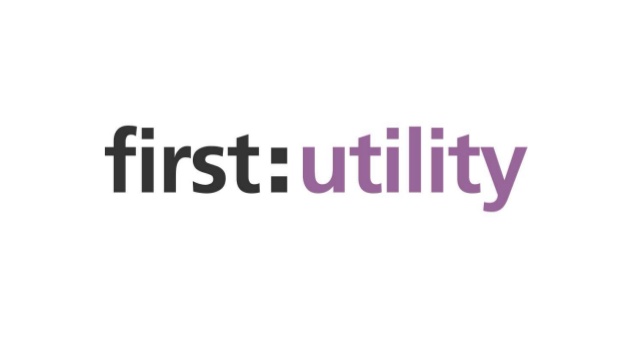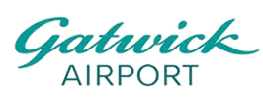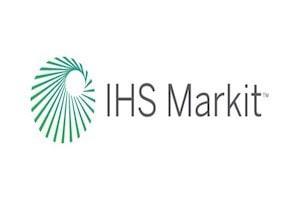What is the True Cost of Wazuh?
Here at Sirius, we often get asked, " How much does Wazuh cost? ". This is a very good question, and one that deserves a clear, honest answer. We understand the need to know the true financial implications of any technology choice, as it's a decision a business will have to live with for years.
We want to be upfront: Wazuh operates on a recognized "Freemium" business model, and the core Extended Detection and Response (XDR) and Security Information and Event Management (SIEM) platform is available at zero licensing cost. While Wazuh is "free" in terms of licensing, the truth is, equating the free license with a zero-cost operation is the greatest financial error in evaluating Open Source solutions. In fact, for many organizations, the "free" license can actually mask significant hidden costs, primarily related to highly paid engineering labor and infrastructure management.
This article will explain the factors that drive the true cost of Wazuh up or down, helping you understand its Total Cost of Ownership (TCO) and decide what is best for your specific needs. We aim to be fiercely transparent, allowing you to make the most informed decision possible.
Understanding the TCO Fallacy and Cost Benchmarks
For Wazuh, the absence of a license fee merely converts a large Capital Expenditure (CapEx) into a substantial Operational Expenditure (OpEx) centered on highly paid engineering labor and infrastructure management. This is the hidden TCO factor.
For organizations pursuing a self-managed deployment without adequate internal engineering depth, the TCO is demonstrably highest, resulting from continuous reliance on unpredictable consulting services and high training costs.
Analysis of commercial transactions indicates that most mid-sized organizations leveraging the core Open Source platform quickly realize the necessity of formal, paid commercial engagement. A useful benchmark confirms a significant market demand for support contracts or specialized services, with a median annual expenditure of $16,234 observed in commercial engagements. This figure functions as a baseline expectation for securing professional-grade operations.
Factors Dictating the Cost of Wazuh (The Three Deployment Paths)
The overall cost of Wazuh is heavily influenced by the deployment and support model selected, as this profoundly impacts the TCO and operational overhead. Rather than simply stating that prices vary, we detail why they vary.
1. Self-Managed (Open Source TCO)
This path is generally suitable only for organizations possessing highly specialized internal engineering expertise, particularly in security, Python scripting, and the maintenance of Elastic Stack components (like the Wazuh Indexer).
Cost Drivers:
While licensing costs are zero, the organization must absorb high initial setup costs and significant long-term labor costs.
TCO Structure:
Since the platform acts as a collection of libraries rather than a pre-built framework, the implementation is characterized by significant labor costs related to framework development, architecture design, building, documenting, and maintenance. The overall TCO for the consumer is dominated entirely by the cost of infrastructure, specialized labor, and expertise.
2. Wazuh Cloud (Managed SaaS)
This model is recommended for organizations prioritizing rapid implementation (immediate time-to-value), built-in compliance, and effortless scalability. The cost model effectively offloads all infrastructure, patching, and operational management burdens to the vendor.
Compliance Value:
All cloud environments are compliant with key regulatory standards, specifically PCI DSS and SOC2 certified. The subscription cost inherently covers the operational effort and audit burden required to maintain compliance on the underlying XDR/SIEM infrastructure.
Tiered Pricing and Scaling (Approximate Monthly Costs):
- Small Tier: Supports up to 100 active agents with one month of data retention, starting at approximately $571 per month (approx. $5.71 per agent).
- Medium Tier: Supports up to 250 agents with three months of retention, starting at approximately $923 per month (approx. $3.69 per agent).
- Large Tier: Supports up to 500 agents with three months of retention, starting around $1,467 per month (approx. $2.93 per agent).
The progression to larger tiers demonstrates clear economies of scale. Organizations exceeding 500 agents require a Custom plan with variable pricing and configuration.
3. Partner-Managed Services (MSSP/Consultancy)
This path is ideal for enterprises requiring tailored security outcomes, customization, or full operational outsourcing via Managed Detection and Response (MDR) services.
Cost Structure:
This model converts the TCO into a predictable, recurring Managed Security Service Provider (MSSP) or MDR fee. This predictable fee replaces variable internal costs related to internal SOC analyst salaries, engineering time, and hardware capital investment.
Service Scope:
Partners wrap the Open Source platform in essential services like customized Security Orchestration, Automation, and Response (SOAR), localized compliance reporting, and continuous 24/7 MDR.
The Cost of Specialized Expertise: Consulting and Support
Because the core Wazuh license is free, the overall TCO is dominated by the cost of specialized labor and expertise required to operationalize the platform effectively.
Professional Consulting Services
Consulting services monetize the high customization flexibility of the Open Source core by providing specialized engineering assistance. These services are essential for self-hosted deployments to mitigate risk and prevent costly over- or under-sizing of infrastructure.
Service Areas: Architecture and Design, Deployment, Tuning (custom rules and dashboards), and Software Development.
Financial Models: Services are acquired through On Demand Professional Hours (flexible expert time) or Statements of Work (SOW) (fixed price for clearly defined development projects).
Official Training Costs
Formalized training is a mandatory expense for organizations pursuing a self-managed deployment, ensuring internal teams acquire the requisite knowledge to efficiently operate and tune the platform.
Public Course: The primary offering, "Wazuh for Security Engineers" (a four-day, live, online program), is transparently priced at $1,800 per seat.
Private Course: Available for a minimum of five attendees with limited customization, and pricing is determined collaboratively.
Official Professional Support
Wazuh offers official professional support through Standard and Premium tiers, differentiated strictly based on guaranteed Service Level Agreements (SLAs) and coverage hours. While specific pricing for support plans is bespoke and not publicly disclosed, the cost directly correlates with the required operational urgency.
- Standard Plan: Provides 8/5 business hours coverage with an eight-hour response SLA.
- Premium Plan: Designed for high-availability enterprise environments, offering 24/7 coverage for critical issues and a strict four-hour response SLA.
The four-hour SLA and 24/7 availability of the Premium tier reflect the premium paid for reduced Mean Time to Resolution (MTTR) during critical security events.
Companies like Sirius, and other professional Open Source companies, are strategically positioned to provide technically equivalent services—ranging from advanced deployment consulting to SLA-backed 24/7/4-hour technical support—at highly competitive pricing structures.
Conclusion: Making the Informed Decision
The Total Cost of Ownership analysis confirms that adopting Wazuh is a choice between unpredictable, variable labor costs (Self-Managed Open Source) and predictable, outsourced service fees (Cloud or Partner-Managed).
The TCO is lowest when operational and infrastructural complexity is fully outsourced, as this eliminates the significant, hidden labor costs associated with managing the infrastructure and performing continuous maintenance.
We have explained the factors that dictate costs, helping you understand what you can expect to spend and why those numbers vary.
















































